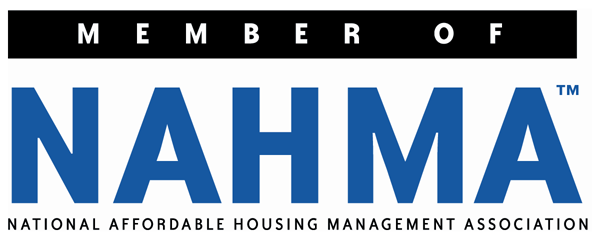
True Up in Accounting: What is It?
- March 3, 2022
- OHI

Financial statements should always provide the true value of financial and operational information. The definition of true up is to level, align, and balance something. When two or more accounts are matched or reconciled, the true up process is in action.
True up is important for accounting since the accuracy and credibility of accounting balances are enhanced. Accounts are reconciled after adjusting the accounting records. Further, adjustments or true up journal entries are made by passing journal entries. These take place when the accounting period is over. Variations between actual and estimated figures are settled through true up payments.
The adjustment entries in accounting are passed when the financial period is over. Here are situations that require true up accounting and adjustments:
Forecasting and budgeting are two tools for the allocation of future resources. Budgets are based on estimates for expenses, revenues, and resources.
The actual values of revenues and expenses always differ from expected figures. The variances between actual and budget figures may be positive or negative. A true up of accounting records in business financial statements is required for adjusting budgeting variances.
In overheads, for example, under absorption or over absorption of figures are rectified using adjustment entries in accounting.
A timing difference occurs when you estimate an expense based on the previous months’ figures, for example, for utilities in financial accounting.
You might not have the actual utility bill for the last month of the year and might estimate a figure based on the consumption in the past few months. A true up payment is then used to make adjustments for the difference.
When the accounting department records, sorts, or posts balances from one account to the other, errors or omissions are likely to occur.
In such cases, true up accounting is required to record any missing information with journal entries. True up entries are also useful for balance mismatches, inaccurate values, under or overstatement of figures.
Finding accurate figures during unexpected events is difficult in company financial reporting. True up entries are passed to correct these errors.
True up accounting helps businesses fulfil the requirements and objectives of fair financial reporting in financial accounting. The revenues and expenses for a specific accounting period should match. This means that the revenues generated for a period and the expenses incurred to generate then should be reflected in the same period.
This can be clarified with the help of an example. Wages paid at the beginning of January are not an expense relating to this month. These wages are incurred in the month of December and should be considered in that month. If you don’t correct this error, the profit for the month of January will be understated, and the profits for December will be overstated. This goes against the ‘true profitability objective.’
Accounting needs to be presented in a format that benefits users of financial statements. Concepts like matching, budgeting, and accrual need to be part of company financial reporting. Balances shown in the books of accounts should be true and reliable.
Learn More About Our Accounting Outsourcing Services – Outsourcing Hub India
Contact us for a customized NO OBLIGATION proposal for outsourcing your accounting activities.







